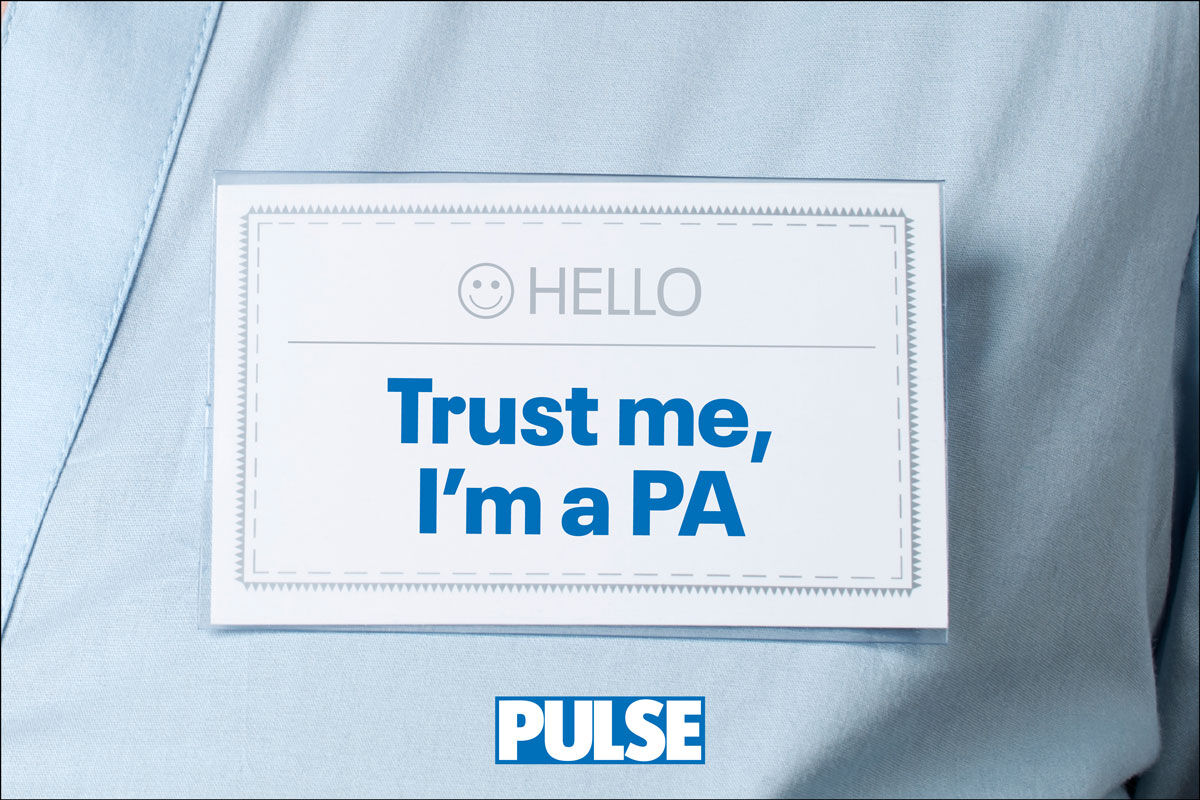A new tool that uses existing GP records to determine a patient’s risk of developing lung cancer could help better identify who would most benefit from screening, say researchers.
The CanPredict risk score, developed by researchers at Nottingham and Oxford University, takes into account factors such as smoking, age, ethnicity, body mass index, medical conditions and social deprivation.
Reporting the findings in The Lancet Respiratory Medicine, the team said the model, which was developed and validated on almost 20 million people across two GP research databases, outperformed seven other lung cancer risk prediction models at five, six and ten years.
It also showed higher sensitivity than the two current recommended UK risk tools.
The team plan to make the risk calculator freely available and said it could be added to GP computer systems to simplify the identification of eligible individuals for targeted screening.
A lung cancer screening programme was recommended by the National Screening Committee in September.
Under the plans, screening would be targeted at high-risk people aged 55-to-74 years with a history of smoking and be integrated with smoking cessation services.
In its recommendation the committee said the Targeted Lung Health Checks pilot scheme was a practical starting point for putting screening in place but more modelling was needed to implement a UK-wide programme.
The new risk tool goes beyond current methods to target screening which rely on doctors recognising high-risk individuals or using patient questionnaires to find those at highest risk, the researchers said.
It was developed by looking analysing health records of 13 million people in the QResearch database aged between 25 to 84 among whom 73,380 had a diagnosis of lung cancer.
Once the common risk factors were identified the team tested it in the Clinical Practice Research Datalink database of 2.5 million to see how well it accurately predicted risk of developing the disease.
Dr Weiqi Liao, study lead and data scientist in the Nuffield Department of Primary Care Health Sciences at the University of Oxford, said: ‘Our tool, CanPredict, works by examining existing patient health records, so it could be run on a per GP surgery basis or nationally, automatically and objectively prioritising patients and alerting their GPs that they might benefit from further screening.
‘Because of this, CanPredict has the potential to substantially reduce the burden on NHS staff, saving time, money and streamlining the administrative process for better patient experience.’
Professor Julia Hippisley-Cox, senior author and Professor of Clinical Epidemiology and General Practice at the University of Oxford, said: ‘We hope that this new validated risk tool will help better prioritise patients for screening and ultimately help spot lung cancer earlier when treatments are more likely to help.’
The team said the current model does rely on whether someone has ever smoked as a key risk fact but they recognised the need for accurate risk estimates in never smokers and would be doing a separate study to answer that question.
















